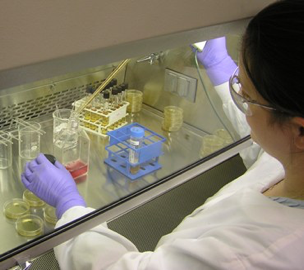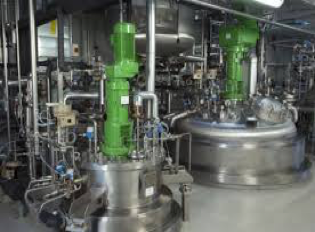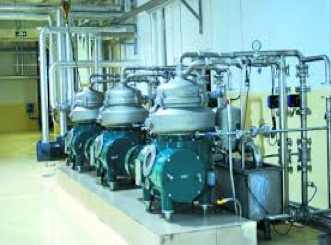Known for its practicality and easy implementation, fresh yeast, known also as compressed yeast, is the form most commonly used in bread-making by both craft, and industrial bakers. While white and very friable in some regions, it can be more colorful and have a “plastic” consistency in others.
Presented in the form of friable blocks, compressed yeast offers numerous advantages, both economical and practical:
-
-
- It is extremely easy-to-use.
- It can be crumbled directly into the mixer.
- It can be used for a wide variety of purposes.
- Its compact form limits contact with oxygen in the air.









